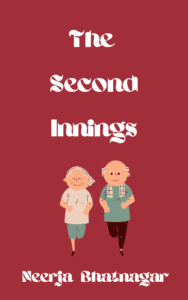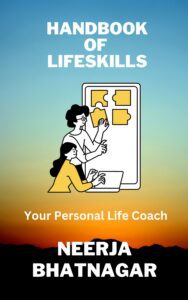 The fashion industry is undergoing a transformative shift with the rise of the slow fashion movement. Unlike fast fashion, which emphasises rapid production and consumption, slow fashion prioritises quality, sustainability, and ethical practices. This movement encourages consumers to be more mindful of their clothing choices, focusing on durability, timeless design, and environmental impact.
The fashion industry is undergoing a transformative shift with the rise of the slow fashion movement. Unlike fast fashion, which emphasises rapid production and consumption, slow fashion prioritises quality, sustainability, and ethical practices. This movement encourages consumers to be more mindful of their clothing choices, focusing on durability, timeless design, and environmental impact.
Why Slow Fashion Matters
1. Environmental Impact:
The fast fashion industry is a major contributor to pollution and waste. Slow fashion reduces this by promoting eco-friendly materials and sustainable production methods.
2. Ethical Production:
Slow fashion ensures fair wages and safe working conditions for garment workers, addressing the exploitation often seen in fast fashion.
3. Quality Over Quantity:
Investing in high-quality, timeless pieces reduces the need for frequent replacements, ultimately saving money and resources.
A Personal Perspective These days, social media and various online platforms constantly bombard us with offers and temptations to buy the latest trends. I find myself controlling the urge to splurge, reminding myself of the importance of conscious consumption. However, another thought frequently arises: if we don't buy, how will the economy grow? What are your thoughts on this?
Finding a Balance
Balancing the desire to support the economy with sustainable practices can be challenging. Here’s a way to achieve this balance:
1. Support Sustainable Brands:
By choosing to buy from brands that prioritize ethical and eco-friendly practices, you support businesses that contribute positively to the economy.
2. Buy Less, Choose Well:
Focus on purchasing fewer, high-quality items that last longer. This approach not only reduces waste but also encourages thoughtful spending.
3. Thrift and Donate:
Engage in the secondhand market. Buying pre-loved items and donating what you no longer need keeps clothing in circulation and supports local thrift shops and charities.
4. Invest in Local Artisans:
Support local artisans and small businesses that create handmade, sustainable products. This helps boost the local economy while promoting unique, durable items.
How to Build an Eco-Conscious Wardrobe
1. Assess Your Current Wardrobe:
Start by evaluating what you already own. Identify versatile pieces and donate or recycle items you no longer need.
2. Choose Sustainable Brands:
Research and support brands that prioritize sustainability, ethical practices, and transparency in their production processes.
3. Opt for Natural Fibers:
Choose clothing made from natural, biodegradable fibers like organic cotton, linen, and bamboo. Avoid synthetic materials that contribute to microplastic pollution.
4. Buy Secondhand:
Thrift stores, consignment shops, and online resale platforms are excellent sources for high-quality, pre-loved clothing.
5. Care for Your Clothes:
Extend the life of your garments by following proper care instructions, repairing instead of discarding, and avoiding over-washing.
6. Capsule Wardrobe:
Create a capsule wardrobe with a few versatile, high-quality pieces that can be mixed and matched. This minimizes the need for excessive clothing and ensures you always have something to wear.
Embracing slow fashion is not only a step towards a more sustainable and ethical lifestyle but also a way to cultivate a unique, timeless personal style. By making conscious choices and supporting sustainable brands, we can collectively reduce the environmental impact of our clothing and contribute to a more responsible fashion industry. Balancing our consumption with thoughtful, eco-friendly choices allows us to support the economy while fostering a more sustainable future.
If you feel inspired by this post and want to explore sustainable fashion brands, you may check on Amazon.
Neerja Bhatnagar
Feel free to connect with me on social media if you’d like to stay updated on more content like this!
Instagram | Facebook | YouTube |Twitter |Podcast |
I have written 3 solo books and 3 anthologies. You can buy my books on Amazon. If you are on Kindle Unlimited, you can read them for free. Pls, do check and share your reviews.



